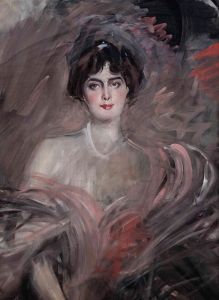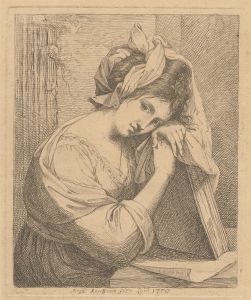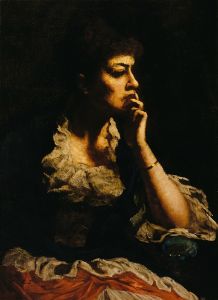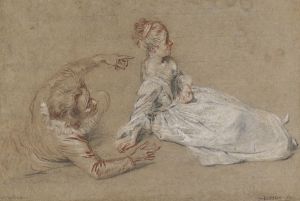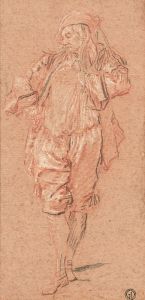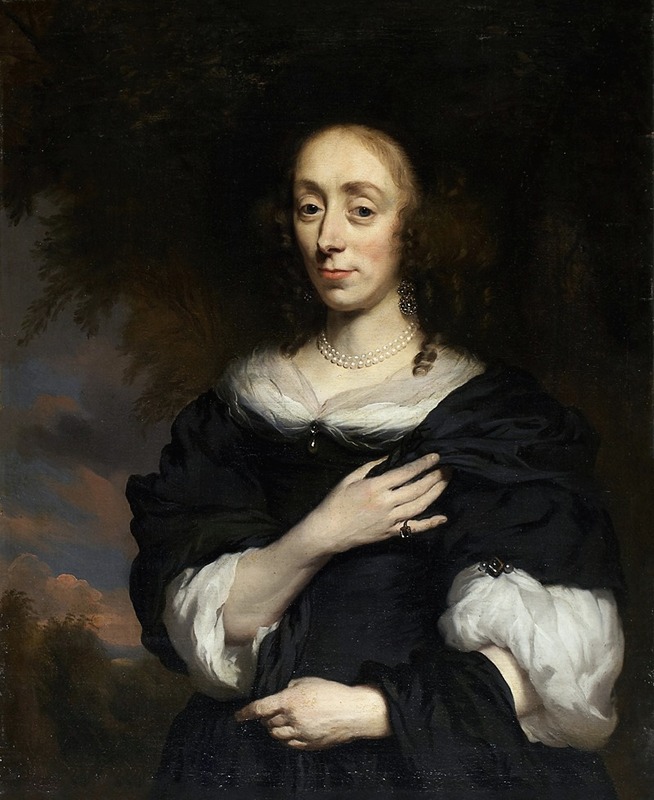
Portrait of a Woman Wearing a Black Dress
A hand-painted replica of Nicolaes Maes’s masterpiece Portrait of a Woman Wearing a Black Dress, meticulously crafted by professional artists to capture the true essence of the original. Each piece is created with museum-quality canvas and rare mineral pigments, carefully painted by experienced artists with delicate brushstrokes and rich, layered colors to perfectly recreate the texture of the original artwork. Unlike machine-printed reproductions, this hand-painted version brings the painting to life, infused with the artist’s emotions and skill in every stroke. Whether for personal collection or home decoration, it instantly elevates the artistic atmosphere of any space.
Nicolaes Maes, a prominent Dutch Golden Age painter, is known for his portraits and genre scenes. One of his works, Portrait of a Woman Wearing a Black Dress, exemplifies his skill in portraiture. This painting depicts a woman dressed in a formal black gown, a style typical of the 17th-century Dutch upper class. The subject's attire, including the black dress and white lace collar, reflects the modesty and sobriety associated with Dutch Calvinist values during this period.
Maes was a pupil of Rembrandt van Rijn, and his early works show a strong influence from his master, particularly in the use of chiaroscuro and attention to detail. However, by the time he painted Portrait of a Woman Wearing a Black Dress, Maes had developed his own distinctive style, characterized by a softer palette and a focus on the sitter's individuality. The painting demonstrates Maes's ability to capture the personality and social status of his subjects, which made him a sought-after portraitist in his later career.
The exact date of the painting is not definitively known, but it is believed to have been created during Maes's mature period, likely in the 1660s or 1670s, when he was primarily focused on portraiture. The identity of the woman in the painting is also unknown, as is common with many portraits from this era. However, her composed expression and elegant attire suggest she was a member of the Dutch bourgeoisie or aristocracy.
The background of the painting is simple and unobtrusive, ensuring that the viewer's attention remains on the subject. This compositional choice is typical of Maes's portraiture, where the focus is on the sitter rather than elaborate settings or props. The use of light and shadow in the painting highlights the textures of the fabric and the delicate features of the woman's face, showcasing Maes's technical proficiency.
Today, Portrait of a Woman Wearing a Black Dress is recognized as an example of Nicolaes Maes's contribution to Dutch portraiture. The painting is held in a private collection or museum, though its current location may vary depending on exhibitions or acquisitions. Maes's work continues to be studied and appreciated for its artistic merit and its insight into 17th-century Dutch society.





